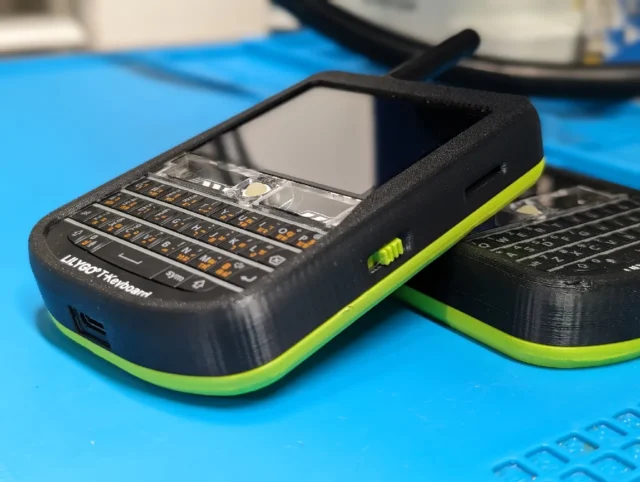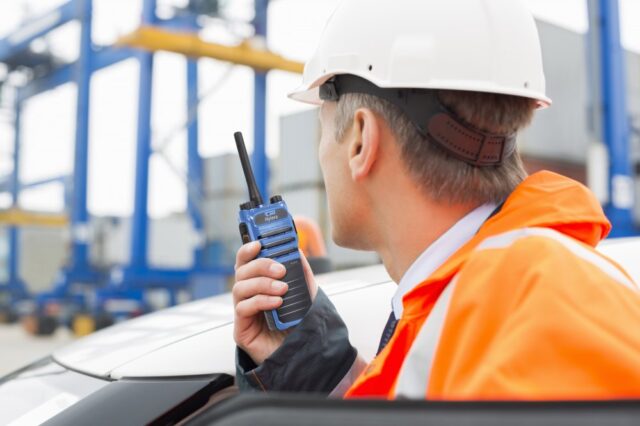Simulcast systems are a cornerstone of modern VHF radio communications, especially in large-scale, mission-critical networks. Their purpose is simple yet powerful: allow multiple transmitters to broadcast the same signal on the same frequency at the same time. This ensures seamless coverage over wide areas without requiring multiple frequency allocations—a major advantage in environments where spectrum is scarce and communication must be flawless.
This guide breaks down how simulcast works, what it takes to set it up, where it shines, and what future innovations are shaping this technology. From public safety to utility management and beyond, if you’re dealing with VHF radio and need consistency over geography, this article is for you.What is simulcast, and why does it matter?Simulcast—short for “simultaneous broadcast”—allows several transmitters to push out the same signal on the same frequency at the same moment. The catch? They need to be precisely synchronized. Even tiny mismatches in timing or modulation can cause overlapping signals to interfere, making messages hard to understand or completely unintelligible.Why choose simulcast for VHF networks?VHF systems are already great at reaching long distances. Simulcast makes them even better by:
- Covering more ground with fewer frequencies
- Letting users roam without switching channels
- Keeping communication consistent across different locations
This makes simulcast ideal for:
- Emergency services (police, fire, EMS)
- Utilities with large service areas
- Transportation systems like railways
How simulcast systems stay in syncTo keep multiple transmitters in perfect harmony, a simulcast system must lock in on three things:
- Exact frequency: Every transmitter must be spot-on.
- Precise timing: Signals need to reach receivers at the same moment.
- Identical modulation: Signal shape and characteristics must match perfectly.
This is usually managed using:
- GPS timing receivers
- Network protocols like NTP or PTP over IP
- Central simulcast controllers that distribute audio and timing
Digital simulcast adds another layer, especially in systems like DMR or P25, where time slots must also line up across transmitters.Core components of a simulcast systemHere’s what makes a simulcast system tick:
- Simulcast controller: The brain that handles audio routing and timing
- Transmitter sites: Broadcast the synchronized signal
- Backhaul links: Fiber, microwave, or IP to connect the sites
- Timing sources: GPS or disciplined oscillators
- Voter systems (for analog): Pick the best inbound audio signal
What to consider when deploying simulcastPlanning is everything. Keep these in mind:
- Overlap zones: You want just enough signal overlap—not too much
- Delay tuning: Line up audio arrival times
- RF modeling: Know how your signal travels
- Setup testing: Use real tools like spectrum analyzers to confirm sync
Analog vs. digital: key differencesAnalog simulcast depends on keeping waveforms perfectly in phase. Even slight deviations can create noise or dropouts. Digital systems are more resilient in some ways but introduce new issues:
- Synchronizing time slots
- Managing network jitter and delay
- Ensuring cross-vendor compatibility
Common simulcast headaches (and how to fix them)
- Timing drift: Oscillators age—keep them calibrated
- Jitter on IP networks: Use buffering and QoS settings
- Overlap interference: Design coverage zones carefully
- GPS loss: Add backup timing references
Real-world applications
- Emergency response: County-wide networks with full coverage
- Railways: Seamless handoff-free comms between stations
- Utilities: Centralized control over dispersed crews
- Military: Secure coverage over strategic areas
Where simulcast is headingFuture simulcast systems are evolving fast:
- LTE/5G backhaul: For mobile or remote sites
- Cloud-managed networks: Control and monitor from anywhere
- Software-defined radios: More flexibility, less hardware
- AI optimization: Predict and adjust delays automatically
Case in point: emergency services in rugged terrainA regional emergency agency upgraded to a digital simulcast network across hilly and urban terrain. Their goals:
- Improve voice clarity
- Eliminate dead zones
- Simplify frequency planning
They rolled out six transmitter sites connected by microwave, synced with GPS, and added dual-mode radios. The result? Reliable, seamless communication across all departments.Training and upkeep tips
- Run regular sync tests
- Use simulators to test coverage overlaps
- Train staff on what to report and when
- Use monitoring dashboards for live status
Budgeting and long-term valueSimulcast may cost more upfront, but pays off with:
- Fewer licenses
- Easier maintenance
- Longevity of equipment
- Scalability for future needs
Bringing it all togetherSimulcast systems bring unmatched continuity to VHF radio communications. They eliminate channel juggling, simplify operations, and provide the reliability professionals need in the field. With the right setup, training, and ongoing care, simulcast will remain a go-to solution for wide-area radio coverage well into the future.
Image(s) used in this article are either AI-generated or sourced from royalty-free platforms like Pixabay or Pexels.
Did you enjoy this article? Buy me a coffee!






